Welcome to Week 4 of Five Weeks of Flexitarian Eating! So far we’ve discussed beans, tofu, greens and grains. Did you try a grain or green you’ve never had before? Did you like it? This week requires a decision to be made. Are we going to consider dairy and eggs “meat” or not? And if so, what do we eat instead?
Do flexitarians eat eggs and dairy?
The short answer is: Yes, if we want to. There are vegetarians who eat both of them. They’re called ovo-lacto vegetarians. And some of them only consume dairy, making them lacto-vegetarians.
Why would you want to avoid eggs and dairy?
There are health reasons, of course, although the high fat and cholesterol “scares” of the 70s and 80s seem to have given way in nutrition circles. (See this article about eggs. And this one about full fat dairy.) And there are people who have allergies or sensitivities who just don’t feel good after eating them (I imagine you know who you are and already avoid these products.) Also, for some people, dairy products can be a trigger food that encourages them to eat more than they normally would.
Let’s also consider that in industrialized nations eggs and dairy are industries, with the same concerns about animal husbandry and environmental impact as the meat industry.
On the other hand, eggs and dairy are good sources of animal protein and for many they’re preferable to protein powder replacements. So what do you do if, after thoughtful consideration, you decide to continue making eggs and dairy (in my case, mostly cheese) a part of your flexitarian eating style? Let’s examine that next.
Tips for Reducing Eggs and Dairy from Your Regular Eating Plan
In Mark Bittman’s book, VB6: Eat Vegan Before 6:00 to Lose Weight and Restore Your Health . . . for Good, the use of dairy and eggs (and meat of course) is limited to evenings and perhaps the occasional brunch. Tofu is used for morning scrambles and silken tofu is used as a yogurt replacement for a morning smoothie.
Vegan baking has its own set of complications but you’d be surprised at the number of things you probably already have on hand that can be used as a binder. Bananas and flaxseed are two examples (see this vegan banana bread for a great recipe) and there are commercial products available. Some are powders and other can be scrambled or used to make omelettes!
If you’re wondering what you can eat for breakfast and lunch without resorting to eggs and dairy, try eating grains. The porridge shown above has bulgur, dates and pistachios. The VB6 book has a ton of recipes and ideas, including some savory oatmeals you may never have considered for starting the day. There are two savory oatmeals recipes in this post. The one shown below has edamame, green onion and soy sauce.
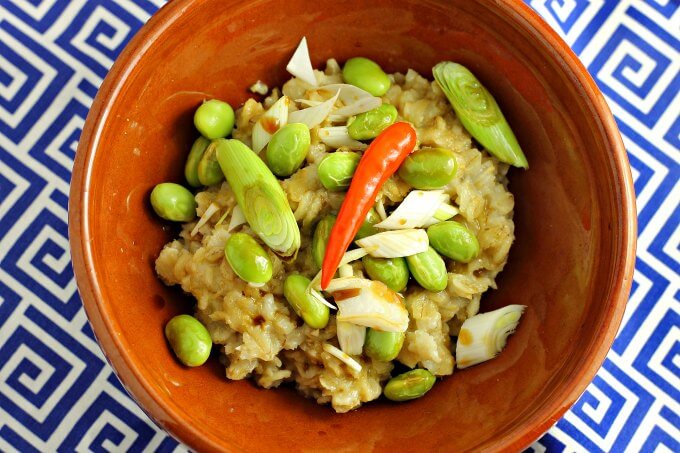
Of course, if the idea of severely restricting egg and dairy makes you hyperventilate you don’t have to do it. You are encouraged to explore nut and soy based milks and cheeses as a way to reduce your overall consumption. I’m not a big fan of soy milk, but almond and oat milks are pretty tasty. And I’m not a coffee drinker, but I’ve noticed a lot of the cafes offer soy beverages for lightening their coffee. (I’ve learned to take my tea black.)
I do like the soy based cream cheese I’ve tried, but many of the veggie and nut based cheeses I’ve had are unimpressive. The exception is a cashew “cheese” that I really like, shown above on a eggless chickpea crepe and topped with a pomegranate salsa. Thanks to our vegan friends dairy free cheeses have improved quite a bit since I first wrote this post. It’s really a matter of being willing to try new foods.
We’ve mostly shifted our egg consumption to the evenings; who doesn’t like breakfast for dinner? Besides, in my opinion, some things are just improved by the addition of a fried egg.
That being said, if we have leftovers to eat that contain some sort of eggs or dairy, we’ll eat them for lunch. It’s best not to become too legalistic, in my opinion, but rather take a mindful approach and try to find some balance between the overall amounts consumed.
Mark Bittman’s VB6 differs from Dawn Jackson Blatner’s Flexitarian Diet in that Bittman is fairly strict during the day, but relaxes for the evening meal and allows himself to eat animal based ingredients. He found over time his desire to go crazy in the evening diminished. In contrast, Ms. Blatner allows eggs and cheese on a regular basis but eats actual meat less frequently, only a few times a month.
There’s plenty of room for compromise between the two. Rick and I find a less strict VB6 approach works really well for us. Where do you think you’d fall on the flexitarian spectrum?
Your Week 4 Assignment
Decide where eggs and dairy are going to fit into your flexitarian eating style. Will you eliminate them completely? Limit them to X number of times per week? Or will you continue to eat them at the same rate you always have? There’s no wrong answer! And you’re certainly free to change your mind whatever you decide.
Next time you’re in the grocery store, check out the vegetable based dairy products. There’s a variety of non dairy milks, vegan spreads (we called it margarine back in the day) and cheeses available. Be sure to read the labels, some have better ingredients than others. Make a purchase and try it out; for example buy vegan spread and a nut based cheese and make a grilled cheese sandwich.
Not interested in trying vegan cheeses? Make a breakfast without any eggs or dairy.
If you’re feeling adventurous head over to Pinterest or search the web for a vegan baking recipe and give it a try. You’ll be surprised how easy it can be to bake without eggs, milk and butter (and you’ll learn a valuable skill in the event of a zombie apocalypse!)
Come back and tell me about your egg and dairy free adventures in the comments or on Lydia’s Flexitarian Kitchen’s facebook page.
See these links for the rest of the series:
Week 1: Beans
Week 2: Let’s Talk Tofu
Week 3: Grains and Greens
Week 4: Dairy or No?
Week 5: Going Full Flexitarian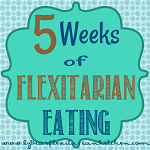

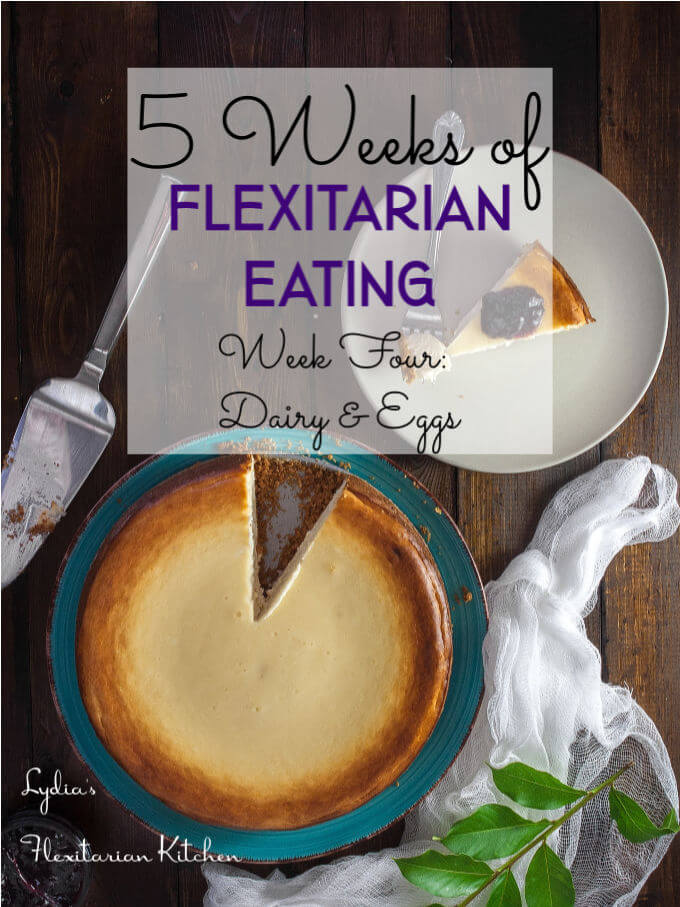
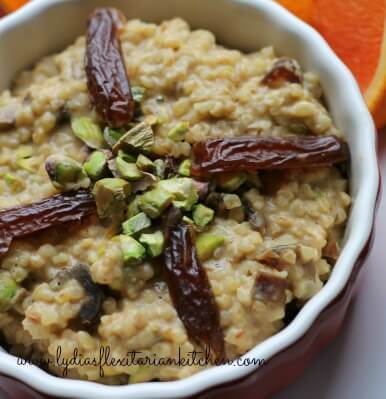
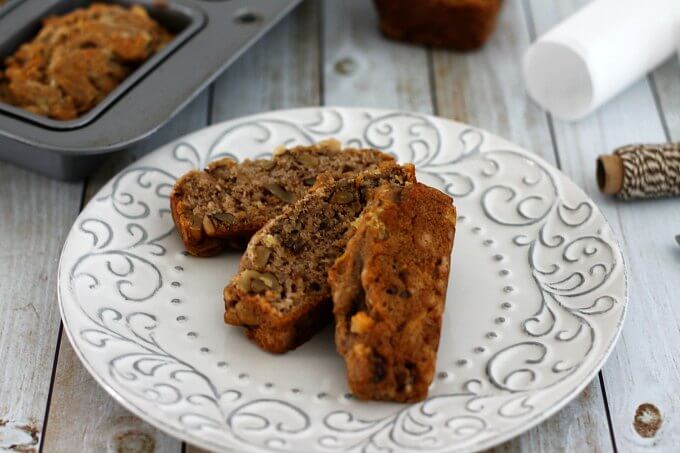
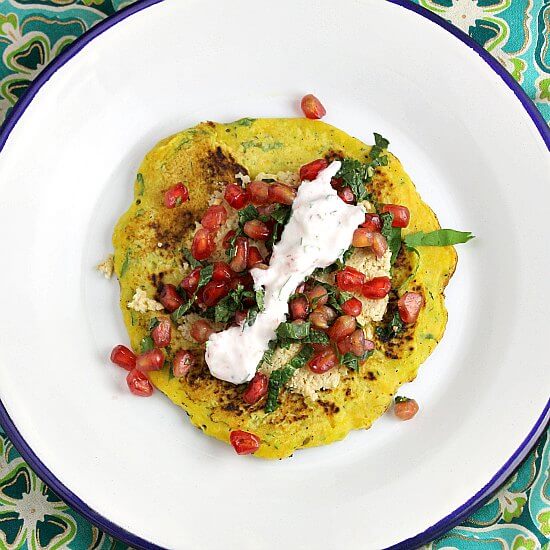
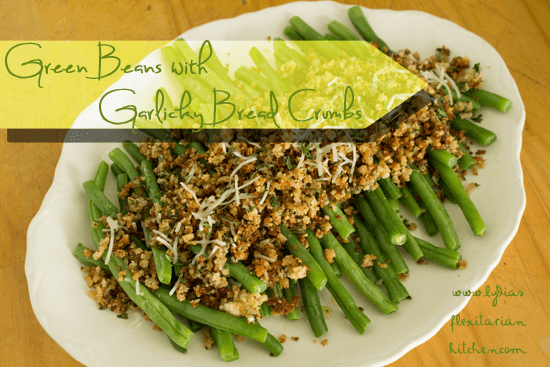
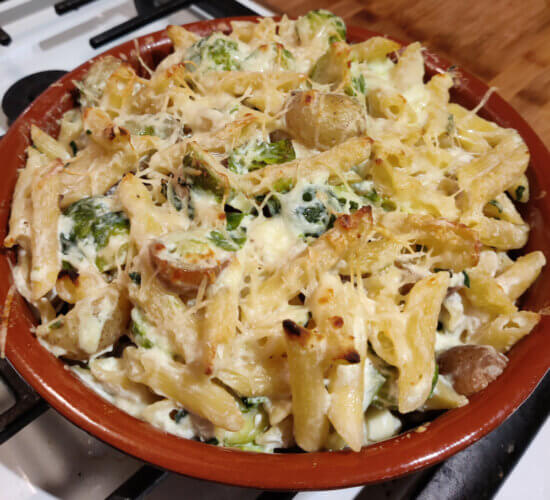
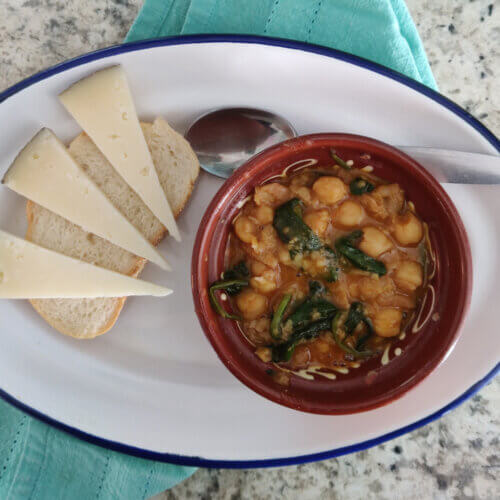
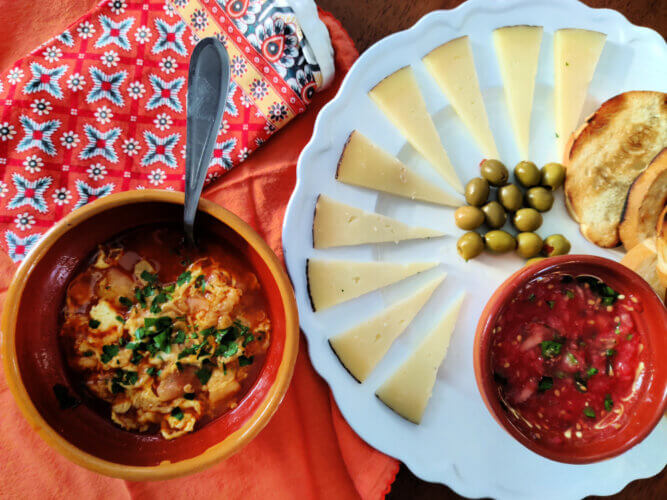
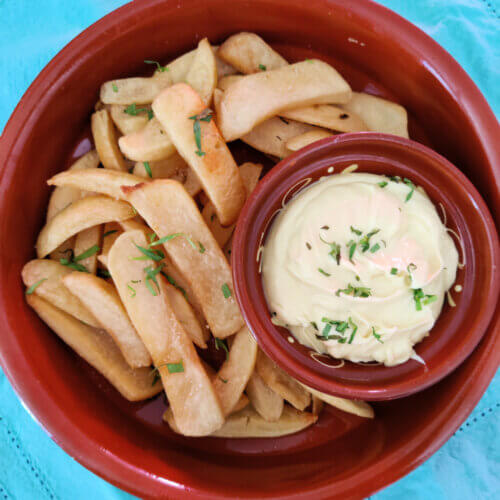
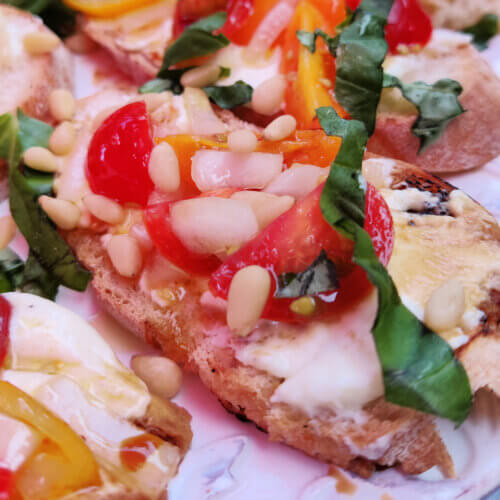
I have never heard the term “flexitarian.” Very interesting! Thanks for linking up to the Bloggers Brags Pinterest Party. I have pinned your post to the Bloggers Brags Pinterest Board.
Great post. People always think I’m making up the term flexitarian! But that’s what I prefer to call myself because folks get bent out of shape if you say you are a anything-atarian, and step outside of those bounds. Life is too short and if I want a steak one day, I want to be able to eat it and not have to answer to anyone. Especially since that rarely happens. I’ve never heard of VB6 so I’ll check that out.
I know exactly what you mean, and I’ve seen some really snippy comments about flexitarianism (rolling eyes). Thanks for taking the time to stop by and leave a comment 🙂
I don’t have that book, but I’ve read some of Bittman’s recipes for savory oatmeal. Genius! Although I usually have a hard-boiled egg every day for breakfast, when it comes to the traditional breakfast (big meal of eggs, bacon, etc.) we always prefer that for dinner. Good post – thanks.
I know what you mean. We’ve adapted to the lighter European style breakfast and save the big meal for later in the day. I definitely enjoy it more now that I’m used to it.
I think I’d consider myself a flexitarian too, I only eat meat about 1x a week, if that. No dairy, apart from the occasional egg or slice of cheese (maybe 1-2 times a week)
That smoothie looks really yummy!
I make it often when cherries are in season. Thanks for dropping by and taking the time to comment.